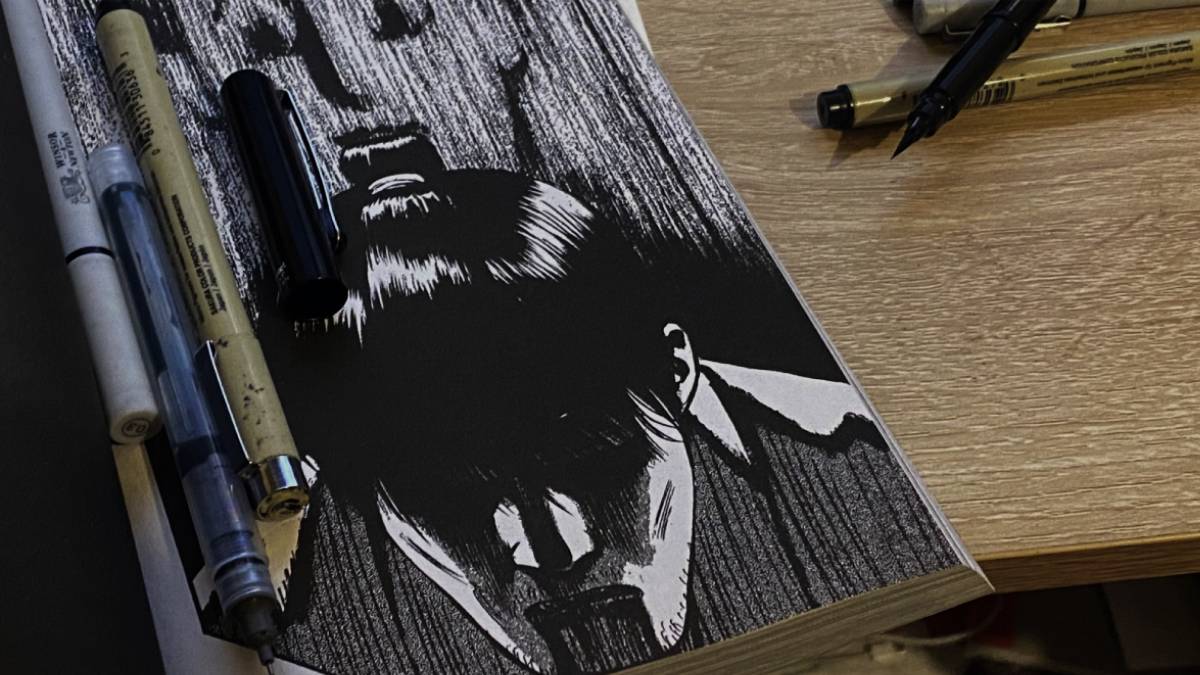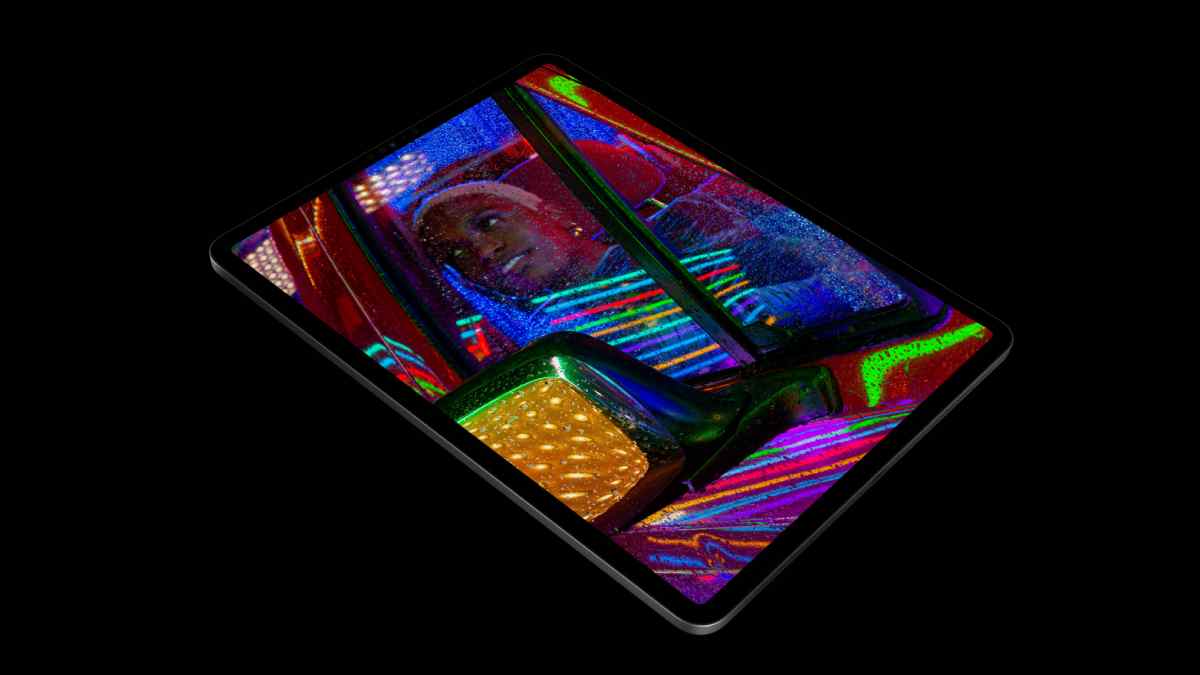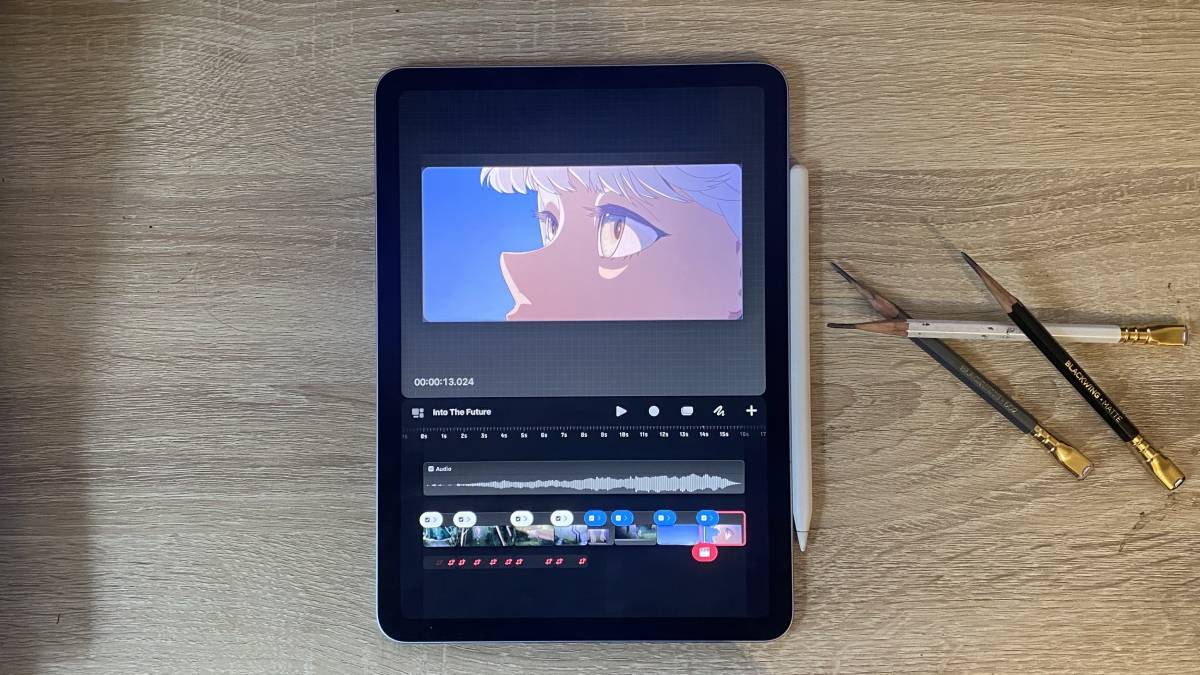If you’re interested in Manga, chances are you’ve had a go at creating your own. If you have, you’ve probably wondered what pens professional Mangakas use, alongside what the best pen for manga artists is.
The trouble with answering this question is that there isn’t a single answer to what the absolute best tool is. The beauty with Manga art, alongside comics and graphic novels, is that there’s so many different tools that an artist can use. There are fineliners, nib pens, G-Pens, brush pens and markers, to name a few. In light of that, we’re going to be assessing what pens professional Manga artists use, alongside what pens I use when I’m illustrating graphic novels.
Best pens for Manga artists
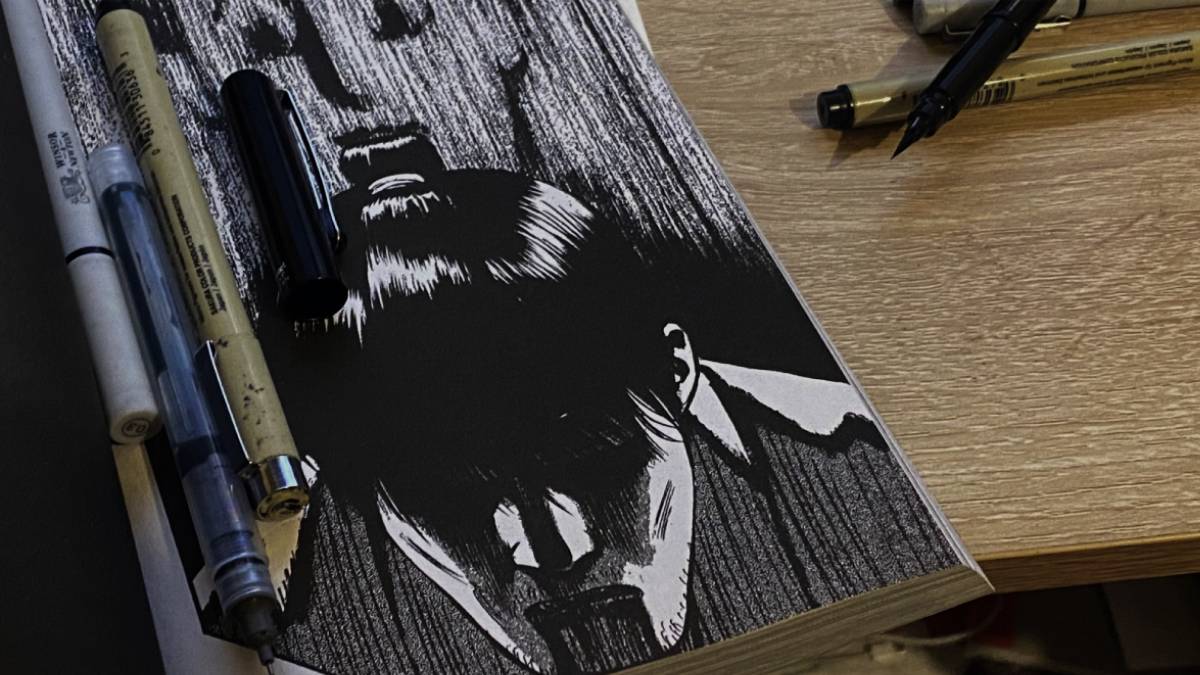
We’re going to be assessing what products manga artists use to create their work, and then from that we’re going to be figuring out what the best pen is. However, you might have heard that annoying saying: A good artist doesn’t blame their tools. As irritating as it can be to hear, it’s true. You’re going to be able to create beautiful art with whatever tools you have.
Just below is a curated list of the best pens for manga, partly using my own experience and reviews of these products, alongside what industry legends are known to use. I’ve included references to Takehiko Inoue, Yusuke Murata and Kentaro Miura, the illustrators of Vagabond, One Punch Man and Berserk, respectively.
- Kuretake Zig Cartoonist Menso Brush
- Zebra G Model Pen Nibs + Tachikawa Comic Pen Holder
- Sakura Pigma Micron Comic Fineliners
- Pentel Brush Pen
Sakura Pigma Microns are some of the best pens for manga artists
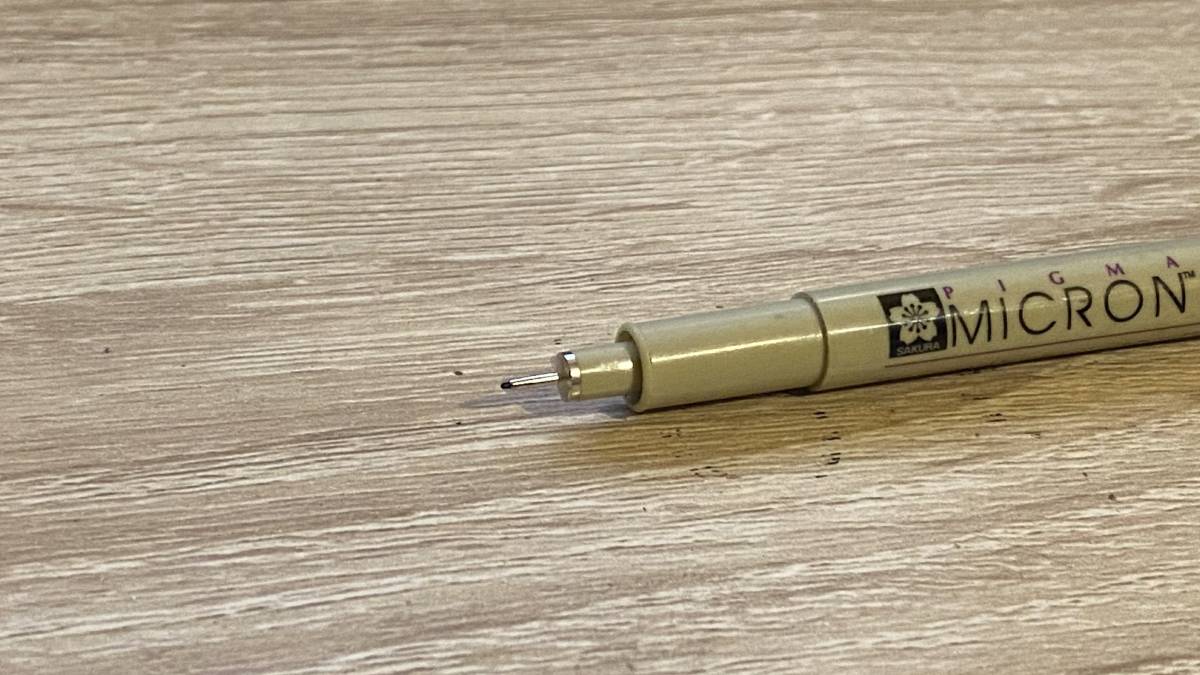
If you want to draw manga – start with Sakura Pigma Microns. These are by far the most beginner friendly pen for mangakas just getting started out with inking. They’re also the most affordable item on this list simply because you can get 8 pens for $18.
They’re available in most local art shops, which is another huge benefit. You’re going to receive a set of fine-liners, and a Graphic Pen with a broader tip. The ink Sakura Pigma Microns is waterproof too, so when you paint over it with colour or use rendering markers, the line work won’t bleed. It’s incredibly annoying when pen ink bleeds during the colouring process, so it’s really useful that there’s no chance of this happening with these.
Lines of ink pulled with Pigma Microns is vibrant thanks to the incredibly rich ink. Below, in an few scribbles I’ve shown how you can pull different textured lines with variety in ink darkness. It’s really impressive how much you can squeeze out of such a short, immobile nib that has basically no flex to it.
They’re incredible sharp, almost like a needle, so you can create extraordinarily fine lines by releasing the pressure on the pen.
Takehiko Inoue uses a Menso brush for manga
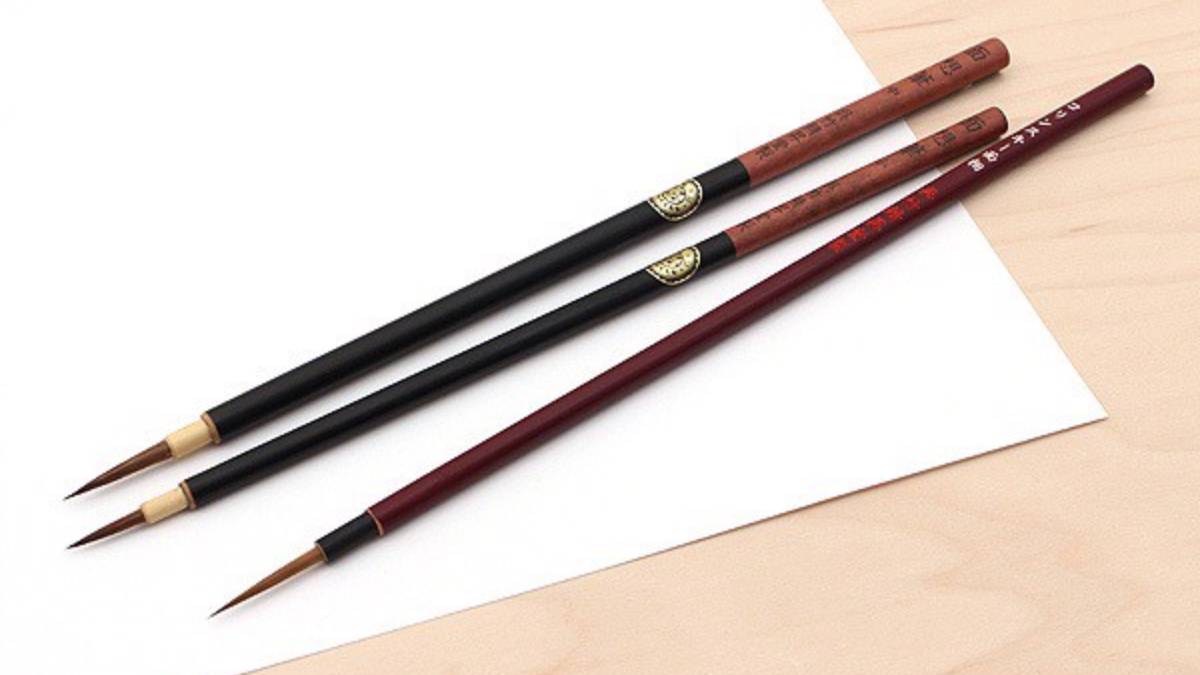
Inoue is one of the greatest Mangakas of all time. The work that he is best known for, Vagabond, is notorious for being put on a seemingly permanent hiatus. It’s not been paused because sales were dwindling or audiences were bored, but simply because the toll of drawing such a vastly detailed and beautiful book was too much for the artist. The merits of Inoue’s art are purely down to his own talent, though his use of a Menso brush is worth noting.
Using Menso brushes is particularly difficult. In the case of the Kuretake Zig Menso brush, it’s made out of horse and goat hair. They are incredibly fine and ‘sharp.’ Not in the sense that it’s going to cut your finger, but more-so that its pointed like a dagger. It thickens significantly as the hairs bunch towards the ferrule, which gives artists the ability to pull extremely fine lines that taper towards a broader line. In terms of making manga, this is one of the most important ways you can define the curvature and weight of a line. It’s the difference between a flat line-drawing and explosive, defined and dynamic manga art.
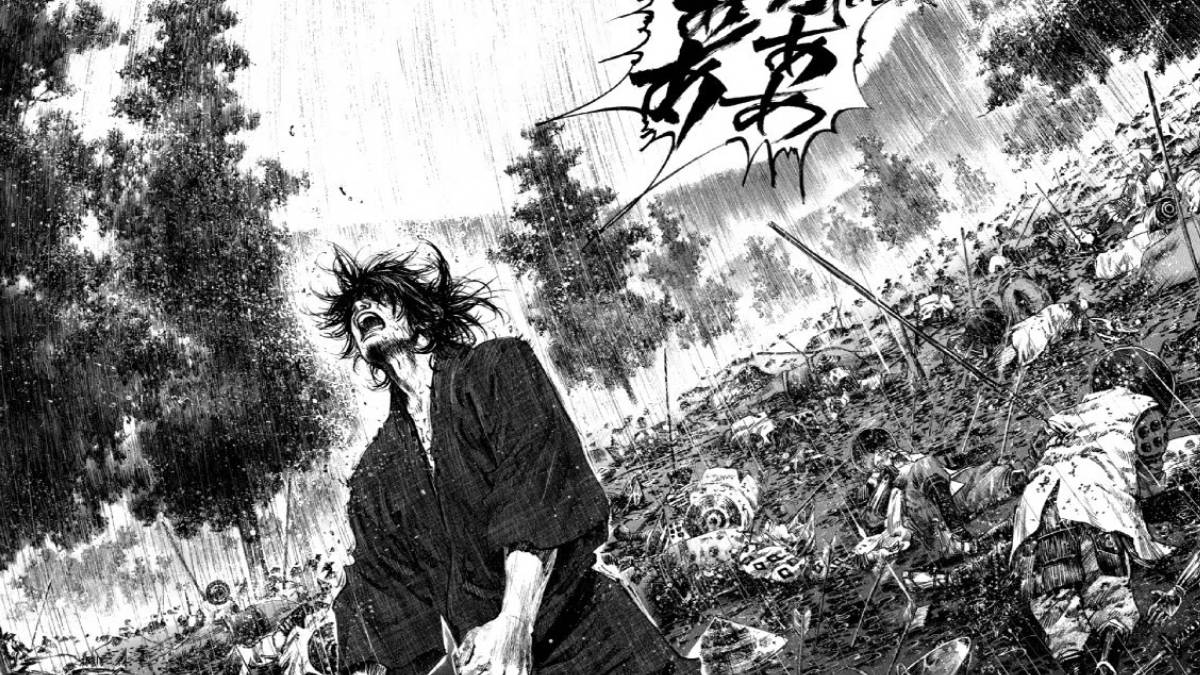
Menso brushes are exactly the kind of tool that Takehiko Inoue relies on to create his stunning art. It’s known for being hyper-realistic, a style that’s only afforded to the artist by using a brush which can control line weight to a near machine-like degree. The first couple of times you use the brush, they’re going to feel a little bit rigid. After enough water has saturated into the fibres, it’s going to have a little bit more flow to it. Warming up your brushes is really important if you want to create quality manga art.
The ferrule meets the trunk of the brush pretty close to the point, which lets artists hold it as they would a pencil. Usually, with brushes, the actual point itself is usually long. This means that artists have to hold it much higher, and takes away a lot of the control you get from holding it really close to the point. With the Kuretake Zig, you can hold the brush really low down so you use micro-movements to detail and bring illustrations to life.
The brush hairs themselves hold ink extremely well. When tested against a few other brushes, some less high-quailty than the Kuretake Zig, the Menso brush absorbed liquid the most efficiently, while also requiring less dips into the ink while drawing.
The handle is also made out of bamboo, and you’ll instantly recognise this when you look down towards the other end of the brush. It’s hollow inside, which makes it feel almost weightless in your hands. I’ve used Kurtake Zig Menso brushes before, and this makes drawing freely much easier. Compared to other brushes which carry a slight weight, Menso brushes feel like an extremely natural extension to your hands. You’re going to be able to see this in Takehiko Inoue’s work. The video below shows him inking a highly detailed piece with so much freedom. The feather-like brushes glide across the paper, bringing a really organic texture to the line work, while also being carefully placed by the artist.
Menso brushes are particularly hard to master, though the quality of line they produce is virtually unparalleled – even against nib and g-pens. It’s noted that Inoue doesn’t use the Menso brushes when inking clothes. Textures created with bigger brushes are generally coarser, and the time it would take to ink them with a brush as small as this would be astronomical. It would be wise to reserve the Kuretake Menso brush for detailing and line work, while larger brushes are used for slightly larger components.
One Punch Man’s artist uses THIS G-Pen
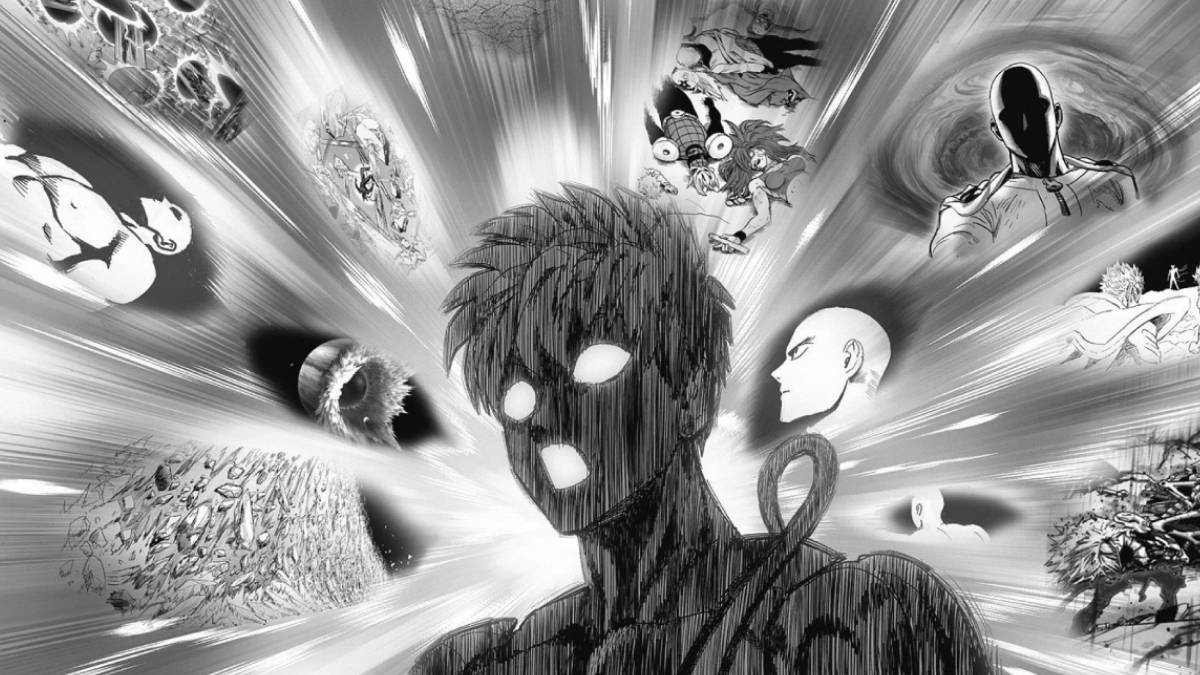
Yusuke Murata is the artist of One Punch Man, once a web-comic now one of the most iconic super-heroes ever. A lot of this can be attributed to the farcical nature of the show, but praise is due to to Murata’s art for the manga version.
OPM switches between really uncanny and hyper-realistic line work to a cartoonish style within the same brush stroke. Or in the case of Murata, a pen stroke. The artist is known to use Zebra G Model pen nibs to create all of his manga. These ultra-sharp nibs are held by a pen holder. While these are available in a range of build qualities and feel, they’re nowhere near as important as the nib itself. Most pen-holders will perform fairly similarly, so we would recommend the Tachikawa Comic Pen Holder.
Nib pens are very similar to fountain pens, except they use swappable points instead of it being locked into place. There’s no cartridge either, which lets the artist control the flow of ink in each dip. Zebra G Model comic nibs are slightly wider than fountain pen points too, which gives artist a bit of creative freedom without the risk of tearing or fraying the paper. Zebra G Model nibs are highly recommended to beginners for this reason. That said, they’re perfectly capable of pulling of a professional job, especially when used correctly.
All ‘disposable’ pen nibs like this ship with a very thin coating of oil protecting them. When you first use your nib, you’re going to need to remember to clean the protective oil off otherwise you’re going to risk the ink blotting as a result. You can use dish soap or detergent to clean this oil off by dabbing it gently with a sponge.
As Takehiko Inoue also does, Murata also makes use of multiple tools when illustrating his manga. The Zebra G Model nibs are use for the bold and expressive line work, the ability to taper between thick and thing lines being used to show foreshortening and depth across the image, while a fineliner is used for shorter, finer details.
The wider point on the Zebra G Model is largely responsible for this. Unlike with fine-liners, nibs let you draw rigid, consistent lines that taper in variety when needed. This is a fundamental element in Murata’s work, especially when drawing a comedy that often juxtaposes slapstick illustration against serious, realistic drawings. Much of this is conveyed in the linework in Murata’s work.
The nib is flexible yet sturdy, which gives manga artists so much control over their line work. The late Kentaro Miura was also known to use a g-pen before he switched over fully to digital.
The Pentel Brush Pen is a great starter pen for beginners to inking manga
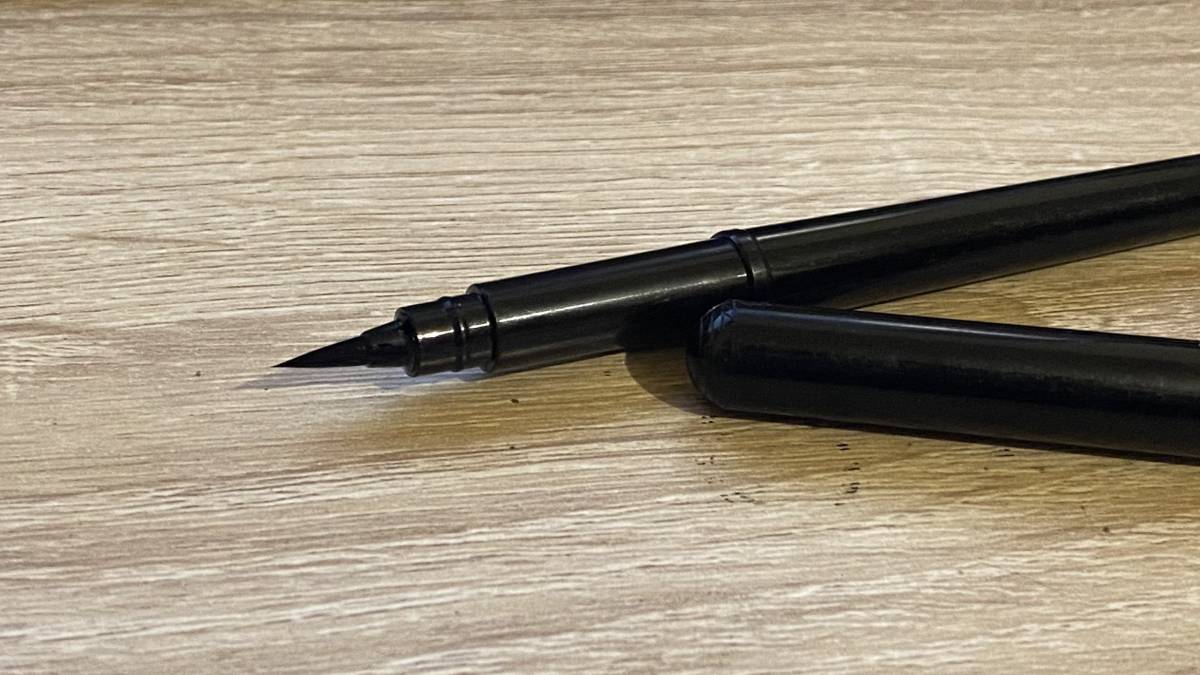
The first brush pen that I actually used when I began inking manga and comics was the Pentel Brush Pen. I’d had a few goes at using nibs and traditional inking brushes before, though I found I didn’t have the required control just yet to get the most out of them.
I’d read reviews online that this was a decent starting point to inking with a brush, partly due to the larger trunk and cartridge system which side-steps dipping into an ink pot.
The first couple of lines that I’d pulled with the pen weren’t particularly straight, though I was seriously impressed by the variety in line weight that was possible. Having come from a traditional painting background, I had been used to painting with thick oils and using the brush a bit like a spear (jabbing at the canvas a lot.) Using a brush like this, where even the slightest pressure with vary the line greatly, was a challenge at first – but within a few moments you’re going to have learned the muscle memories to control the pen a bit more naturally.
The ink is beautifully dark and rich, while you can go from an incredibly fine point to really rough, textured lines really easily. Beginners will feel pretty comfortable with a Pentel Brush Pen in their hands.
That’s about as much as there is to say on the best pens for drawing, illustrating and inking manga. You might be wondering why many of your favourite mangakas aren’t featured in this guide. Partly because they draw their manga digitally. If that interests you, perhaps the best drawing tablets for manga, comics and graphic novels might interest you.

